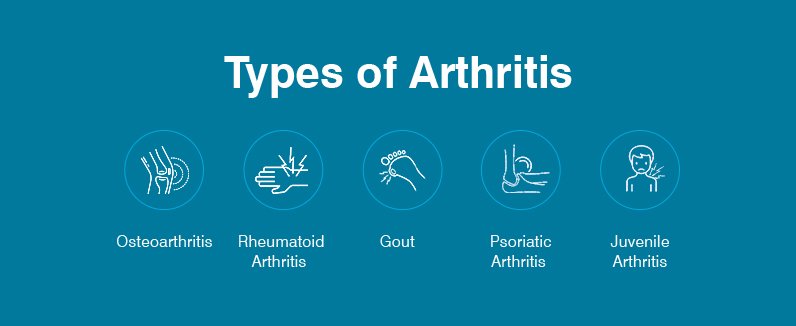Juvenile arthritis is a chronic autoimmune disease that affects children under the age of 16. It is characterized by inflammation in the joints, causing pain, stiffness, and swelling. There are several different types of juvenile arthritis, including juvenile idiopathic arthritis, juvenile psoriatic arthritis, and juvenile systemic lupus erythematosus. While the exact cause of juvenile arthritis is unknown, it is believed to be a combination of genetic, environmental, and immunological factors. Early diagnosis and treatment are crucial in managing the symptoms and preventing long-term joint damage. Treatment options may include medications, physical therapy, and lifestyle modifications. Parents and caregivers need to work closely with healthcare professionals to develop a comprehensive treatment plan for children with juvenile arthritis.
Common symptoms of juvenile arthritis include joint pain, swelling, stiffness, and decreased range of motion. Children with this condition may also experience fatigue, fever, and difficulty with daily activities. It is important for parents to be aware of these symptoms and seek medical attention if their child is experiencing any of them.
Diet – While there is no specific diet that can cure juvenile arthritis, certain dietary changes may help manage symptoms and improve overall health. A diet rich in anti-inflammatory foods such as fruits, vegetables, whole grains, and fatty fish can help reduce inflammation and promote joint health. Avoiding processed foods, sugary drinks, and foods high in saturated fats may also help alleviate symptoms.
Exercise – While exercise may seem counterintuitive for those with arthritis, it is actually a crucial component of managing the condition. Regular physical activity can help improve joint function, reduce pain, and increase overall strength and flexibility.
